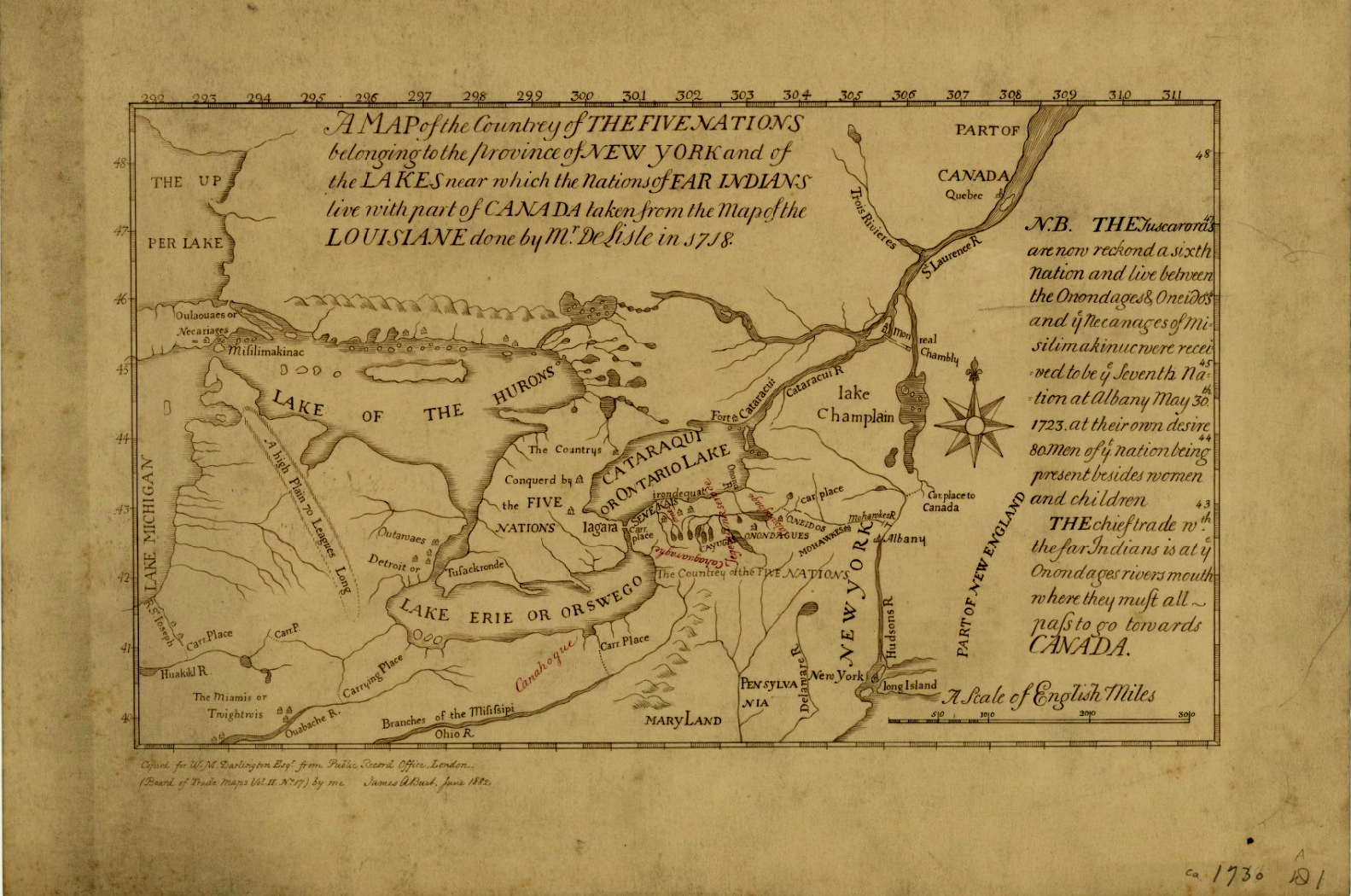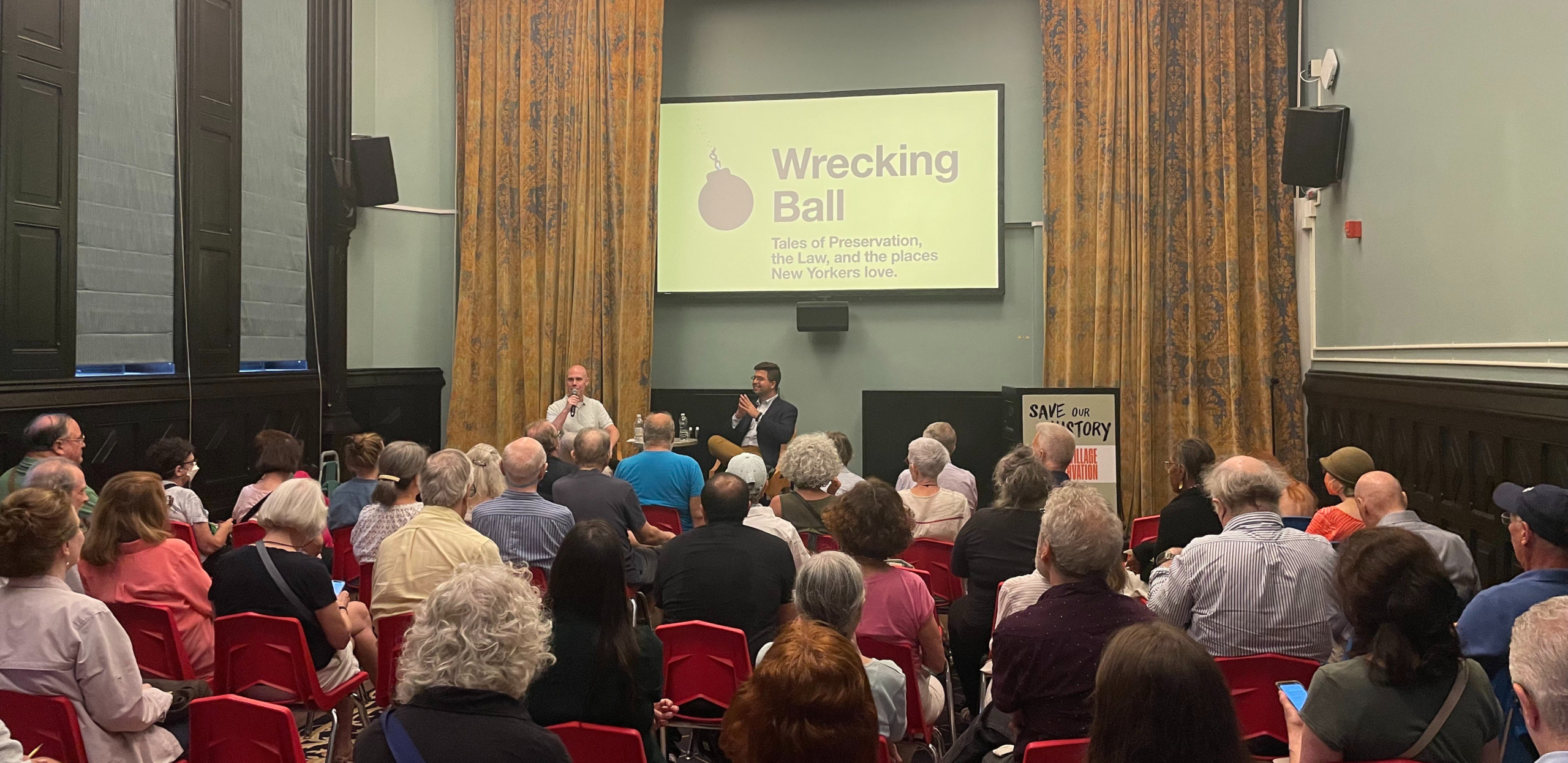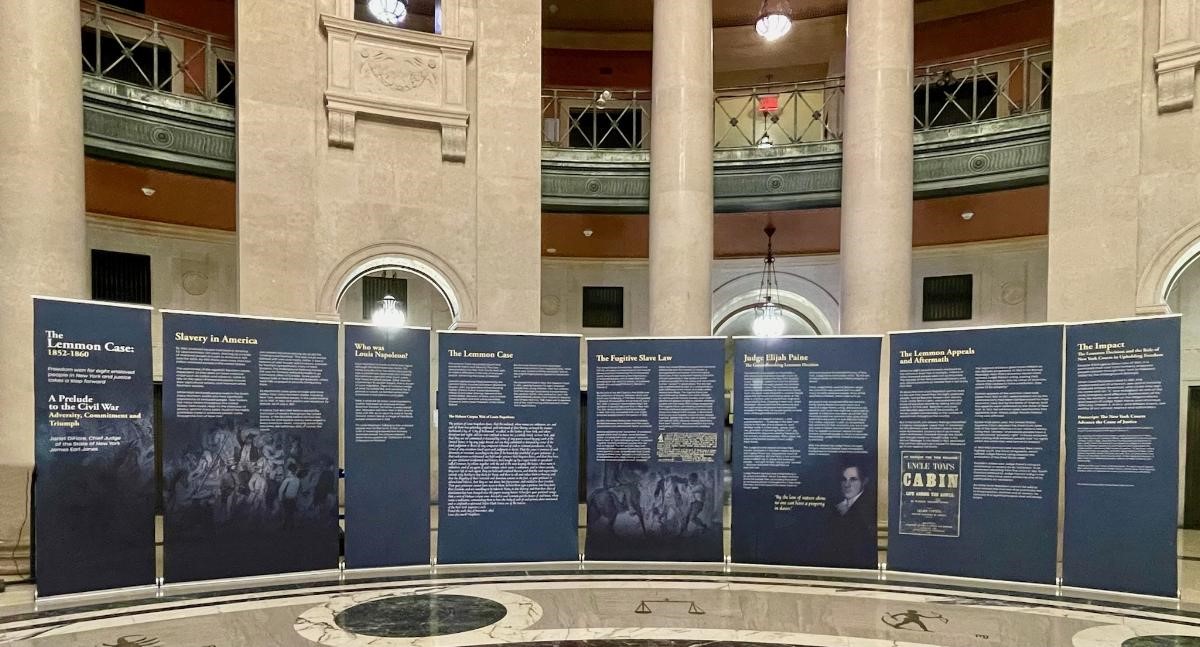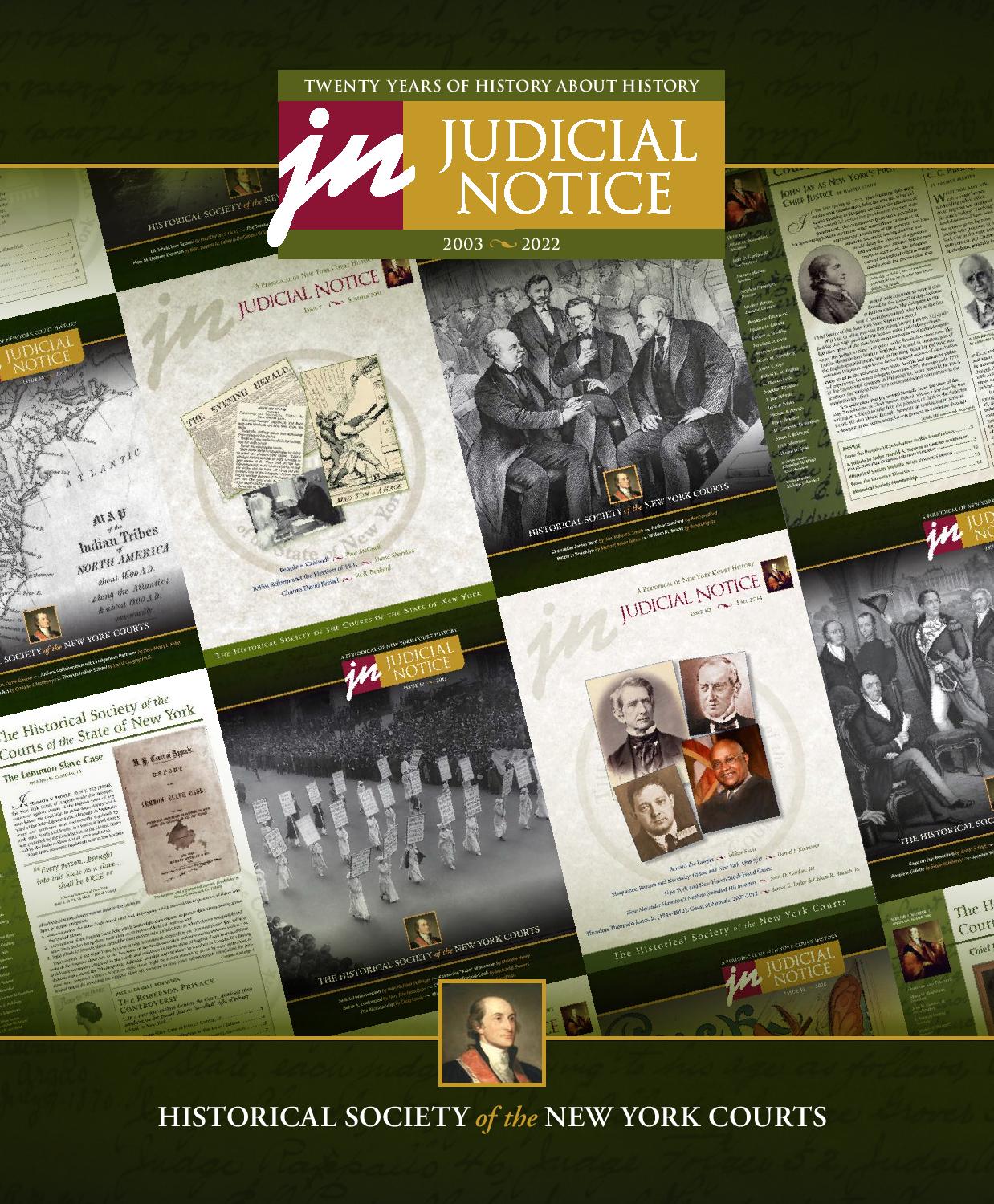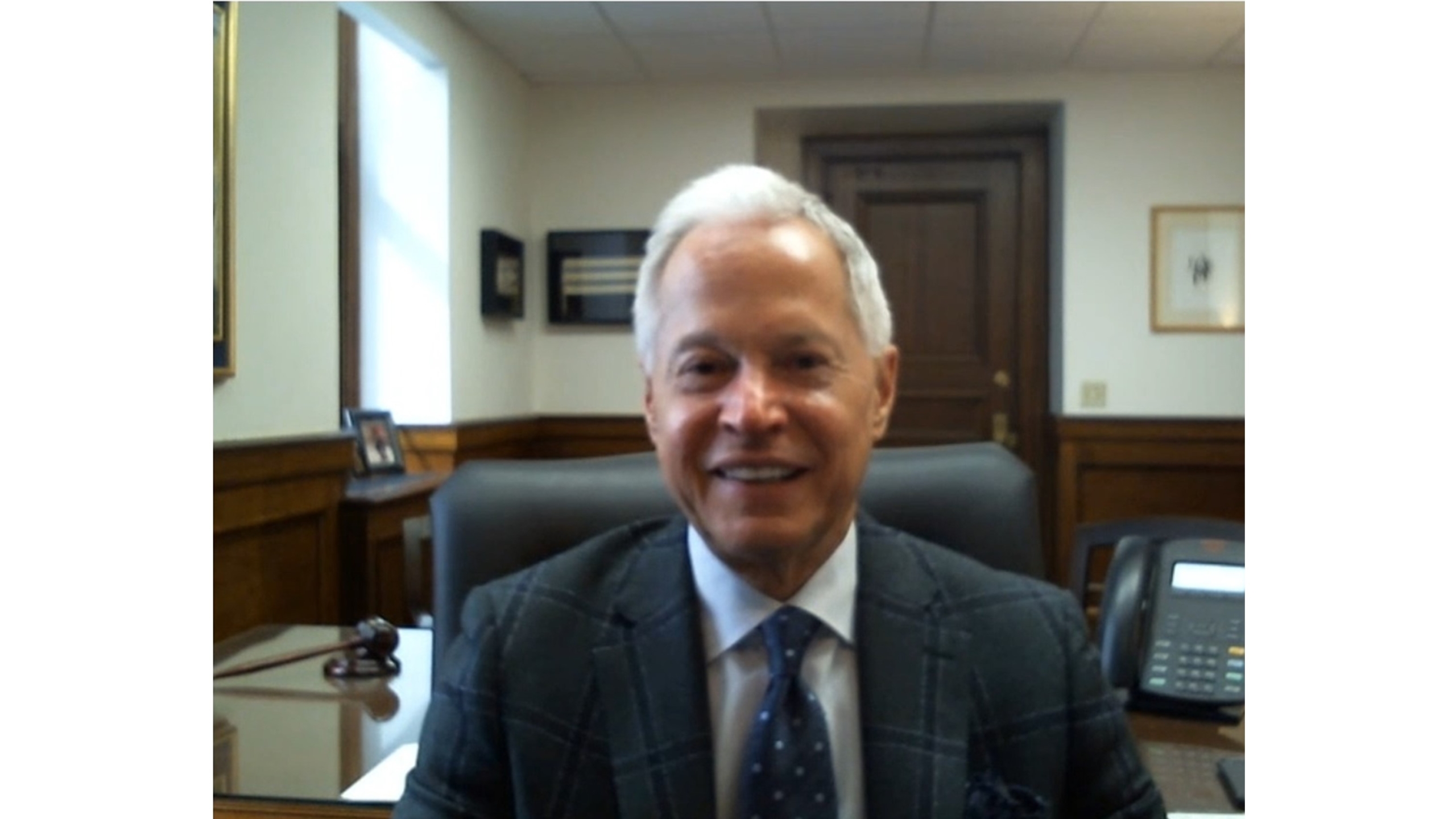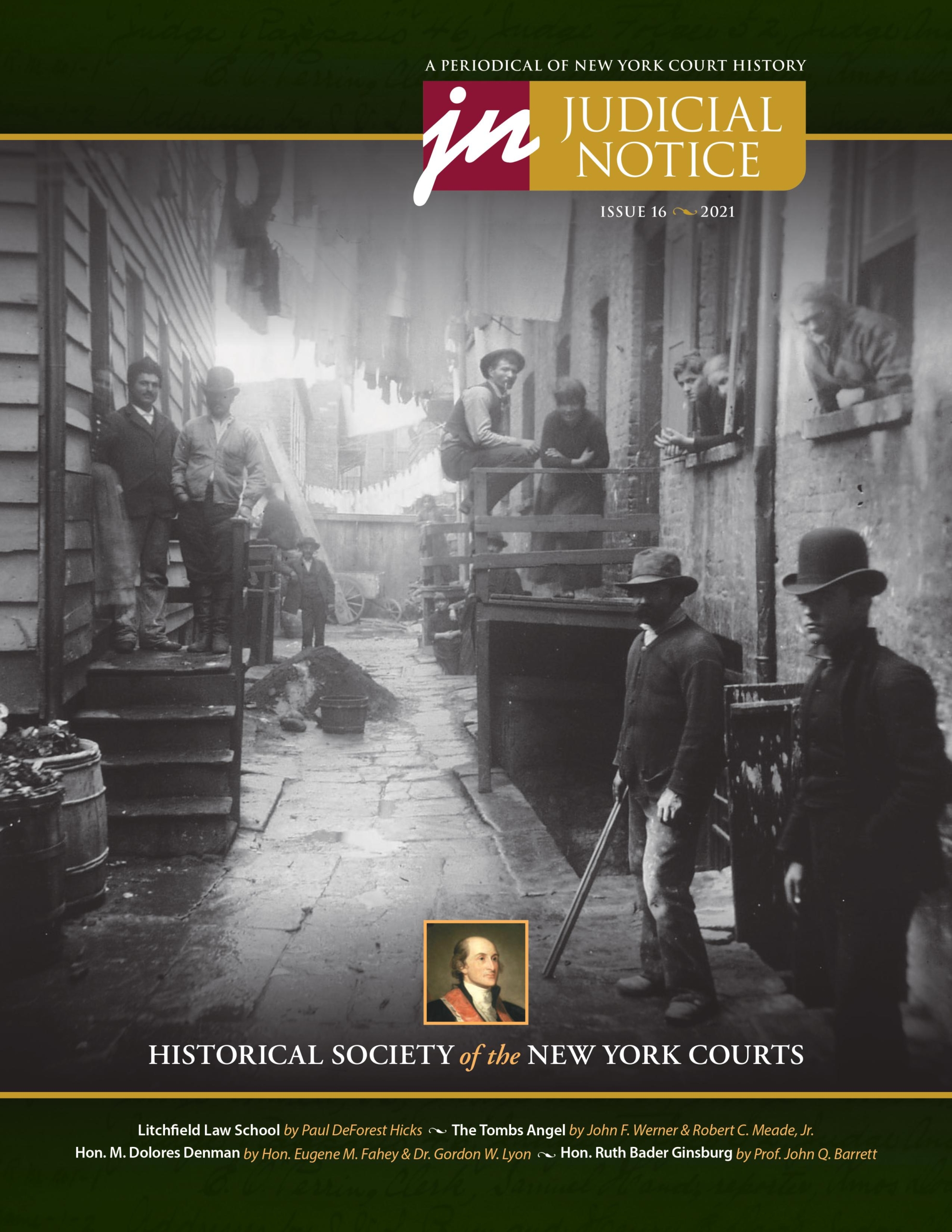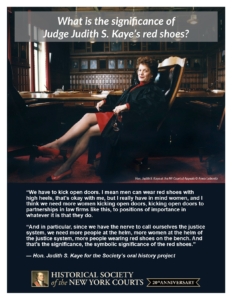Long before Europeans came to North America, a thriving democratic system was established in the heart of what would become New York State. The Haudenosaunee Confederacy, known to the French colonists as the Iroquois League and the English colonists as the League of Five Nations (later, Six Nations), was already well-established, united in a confederation of nations governed by their Great Law of Peace. As we enter Native American Heritage Month, the Historical Society of the New York Courts would like to honor the Haudenosaunee’s deep contributions to the development of our own democracy, here in New York State and the United States overall with just a peek into the story of how the Haudenosaunee’s governance principles played a pivotal role in shaping New York’s government and laying the foundation for American democracy.
The Haudenosaunee Confederacy
The Haudenosaunee, composed of the Mohawk, Oneida, Onondaga, Cayuga, and Seneca nations, with the later inclusion of the Tuscarora, were the original inhabitants of the land that is now New York State, as well as parts of contemporary Canada. They established a system of governance known as the Great Law of Peace, which dates to the 12th or 13th century. This system embodied principles that resonated with the very core of democracy. The Great Law of Peace is said to have been brought to the nations by the Great Peacemaker, who helped the previously conflicting nations to come together in a confederacy on the shores of Onondaga Lake near today’s Syracuse.
A Council of Nations
At the heart of the Haudenosaunee system was the “Great Council,” a council composed of representatives from each member nation. While it might not have been a direct antecedent of today’s Congress, it shared the fundamental principle of representative democracy. These representatives, or sachems, deliberated and made decisions by striving for consensus, a concept that is a cornerstone of American democracy. Consensus decision-making, the process where all parties involved must agree on major decisions, was central to the Haudenosaunee’s governance. They understood that fostering unity and ensuring that every voice was heard was essential. This emphasis on consensus echoes in the American political system where the framers of the U.S. Constitution aimed to reach agreements and compromise among diverse interests.

